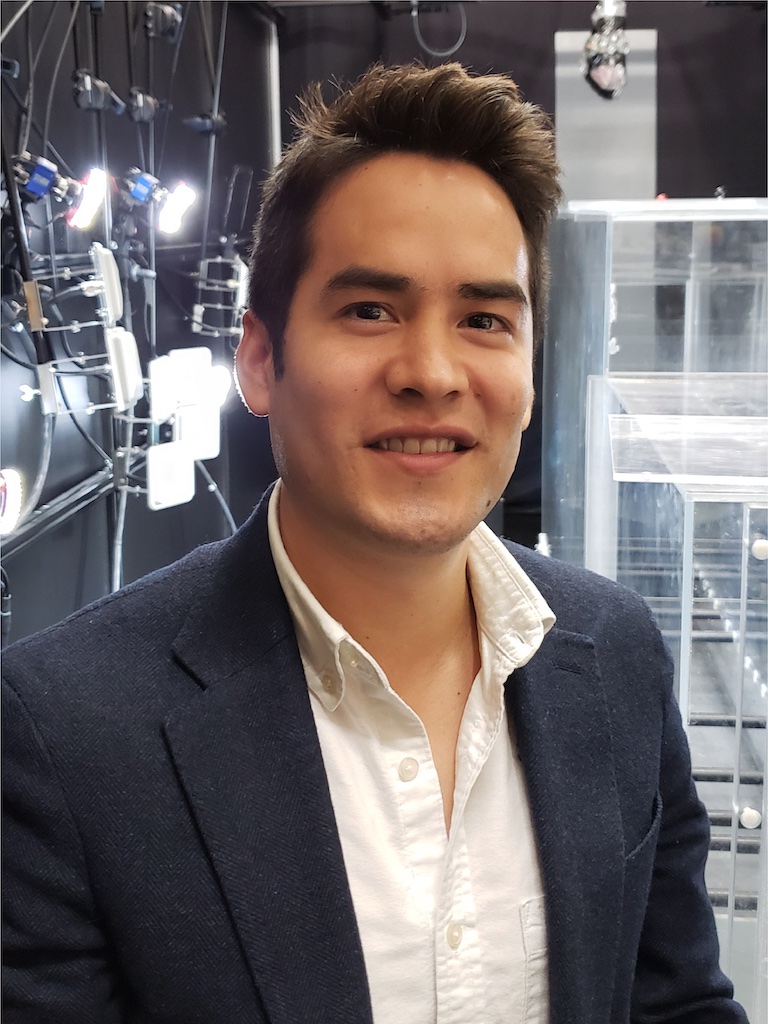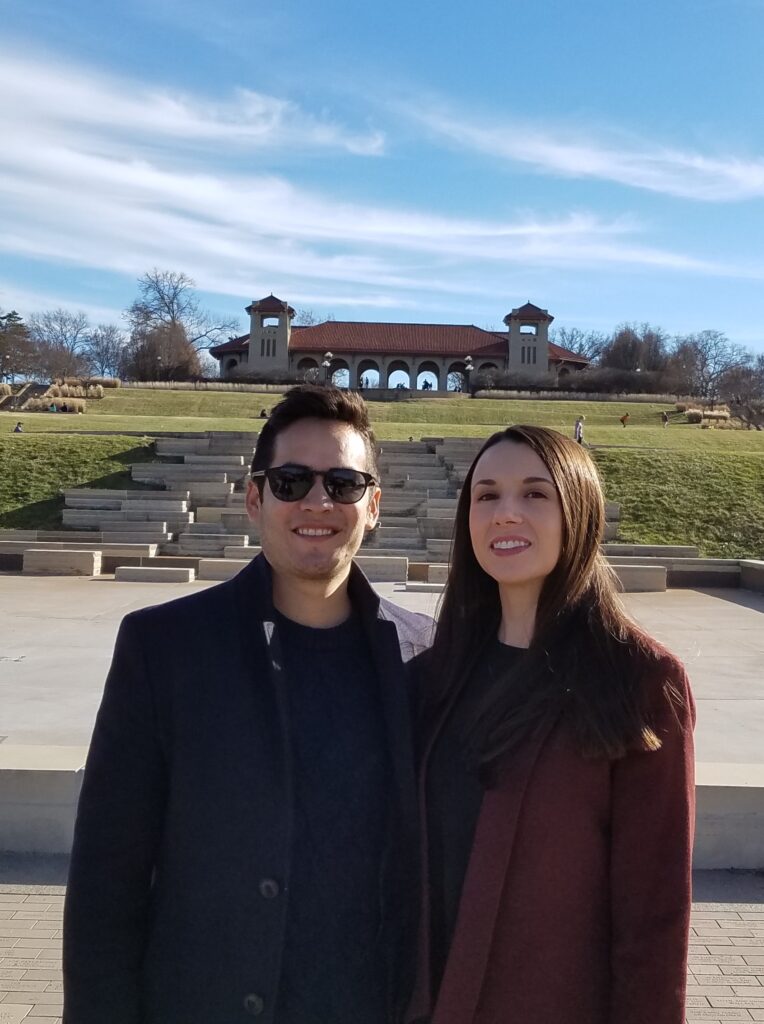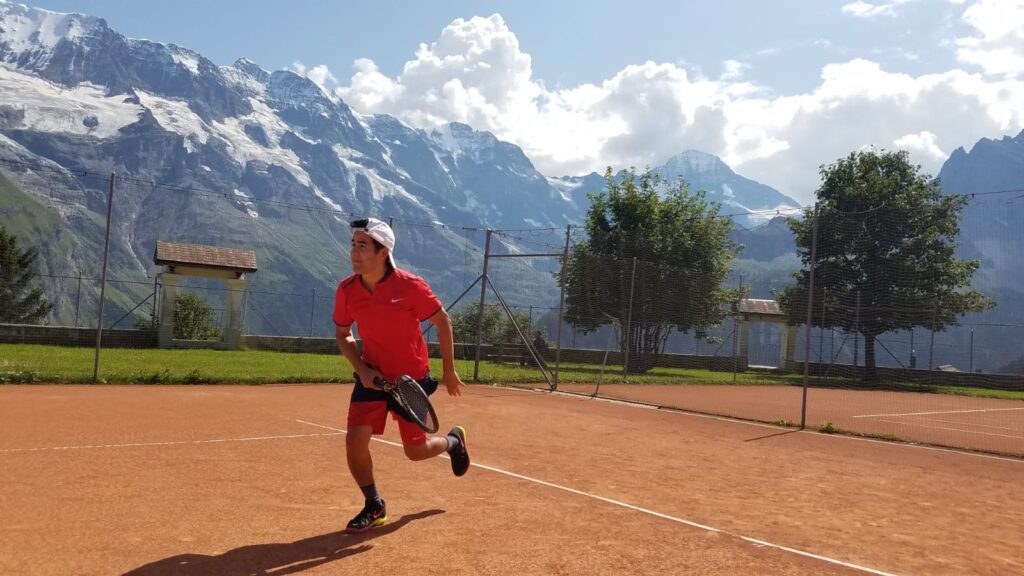Ismael Séañez, PhD, joined the department this month. He is assistant professor in Biomedical Engineering and Neurosurgery.

Q. Your work seems to exist at a very potent intersection of fields. How did you end up here, and was this always the plan?
A. I have been fascinated by neurotechnologies since I was young, but I never really imagined that I would be working in a field where I would develop and test these technologies. As a BS student in Mechanical Engineering, I had the opportunity to work at the Shirley Ryan AbilityLab (formerly known as RIC) directly with people with neuromotor disorders and learn first-hand about challenges in their daily life that I had never considered before. That was the moment I decided to pursue a career in Biomedical Engineering, where I could work in an environment where clinicians, scientists, engineers, and rehabilitation robots work together towards improving the lives of people with disabilities.
Q. What accomplishment are you most proud of at this stage in your career?
A. During my postdoctoral work, I had the opportunity to be part of a First-in-Man clinical trial in Professor Gregoire Courtine’s group in Switzerland. I helped carry out the neurorehabilitation sessions in this trial where we used electrical stimulation of the spinal cord to restore movement of otherwise paralyzed muscles during standing and walking in people with chronic spinal cord injury. I saw first-hand how patients regained voluntary control of paralyzed joints even without the simulation, a very exciting finding for spinal cord injury.
Q. What are your goals as you join the Department of Neurosurgery faculty?
A. My research program will merge the fields of wearable technologies and brain-machine interface algorithms to personalize the control of assistive devices and neuroprosthetics that may be used to restore function and improve the quality of life of people with neurological disorders. Joining the Department of Neurosurgery at Washington University presents unique opportunities for collaborations in projects involving neuromodulation for rehabilitation, and studies of neural plasticity and sensorimotor adaptation.

Q. From what I understand of your current work, you are developing technologies that will help restore movement in patients with neuromotor disorders. What would you say is the most exciting thing about this project?
A. The most exciting part about working directly with patients is learning about their first-hand experience with the technologies we develop. We don’t get this unique opportunity for user feedback in translational work on animal models, so it is mostly until this point that you can get insight into things that are harder to measure, such as how something feels or how much it actually helps. It also presents an opportunity to ground your work into what is clinically relevant and valuable to patients’ quality of life, rather than a purely engineering or technological challenge.
Q. Where is your field headed in the future?
A. Neuromodulation is only one small piece of the puzzle towards complete restoration of function after neuromotor disorders like spinal cord injury. There have been outstanding advances in neural stem cells and antibody therapies that promote axonal regeneration and synapse formation after a spinal cord injury. Recent advances in bioelectronics and tissue engineering make possible the development of personalized devices that mimic the environments in which they are to be implanted. I believe the merging of these different fields may allow for functional improvements that we haven’t yet achieved.
